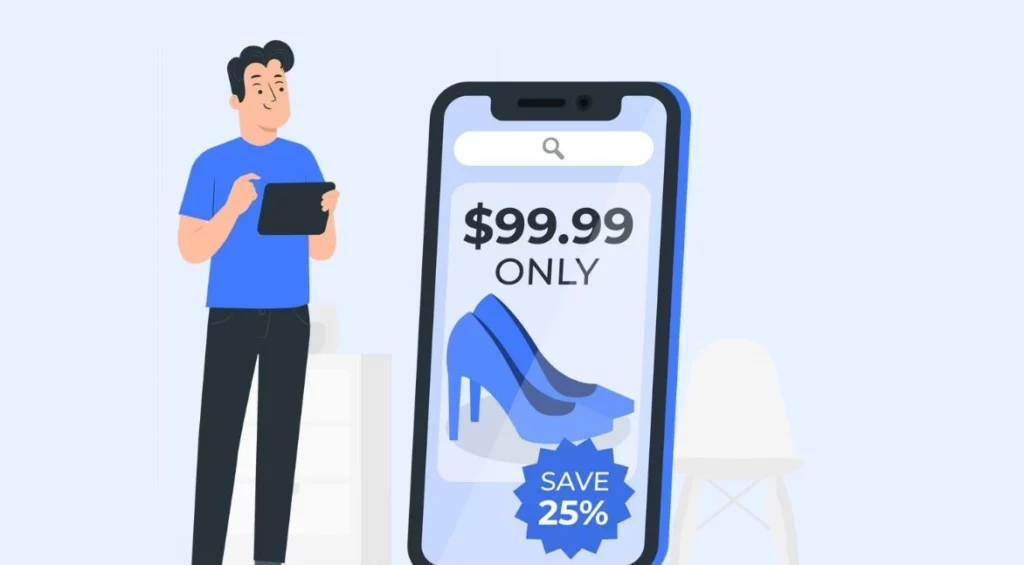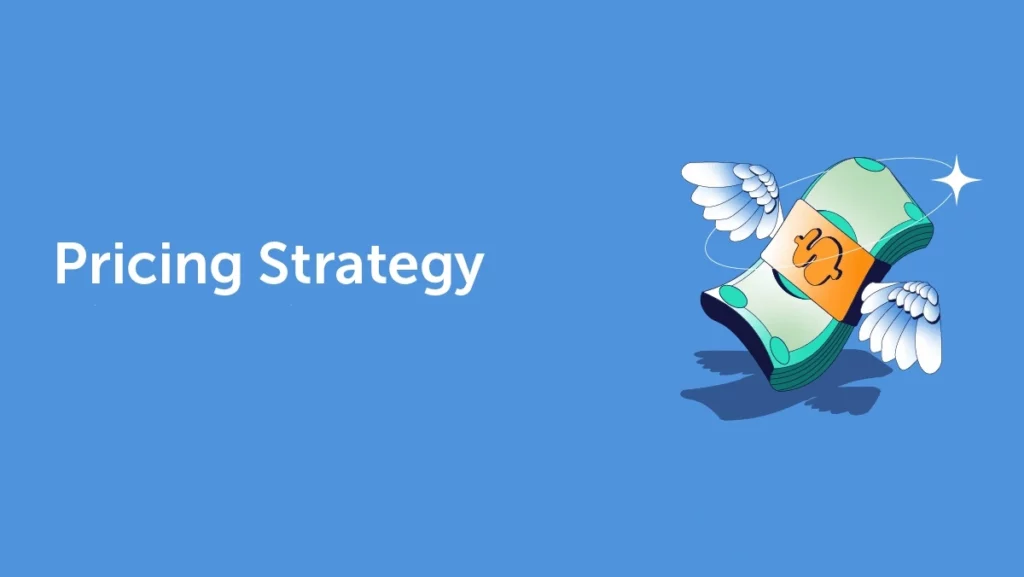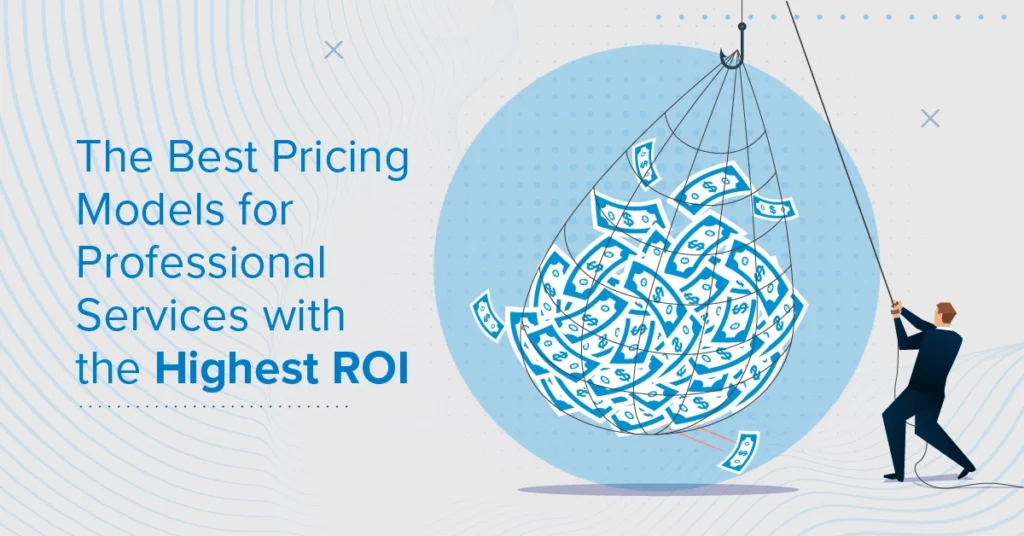
What is Psychological Pricing?
The practice of putting prices lower than a full number is known in the business as “pricing psychology.” By lowering the leftmost digit, the price is intended to appear significantly lower to clients, who will read the minor reduction as such. An illustration of psychological pricing is when a customer perceives an item at Rs. 3.99 as costing Rs. 3 rather than Rs. 4, seeing Rs. 3.99 as much less expensive than Rs. 4.00.
This is an explanation of pricing psychology, often known as charm pricing. Additionally, there are psychological pricing techniques that aim to persuade clients to buy more items or pay a higher price.
Psychological Pricing Strategies

Psychological pricing strategies are pricing tactics that take advantage of the way consumers perceive prices and make purchasing decisions. Here are some common Pricing Psychology strategies:
1. Odd-Even Pricing
This pricing strategy involves setting prices that end in odd numbers, such as Rs. 9.99, instead of even numbers, such as Rs. 10.00. This is based on the assumption that consumers perceive odd numbers as significantly lower than the next highest even number.
2. Decoy Pricing
This pricing strategy involves presenting a third option that is less attractive than two other options. The less attractive option is designed to make the other two options appear more appealing by comparison.
3. Bundle Pricing
This pricing strategy involves offering a group of products or services for a lower price than if each item was purchased separately. This is often used to entice consumers to buy more than they originally intended.
4. Anchor Pricing
This pricing strategy involves setting a high price for a product or service initially and then offering discounts or lower-priced options later. The high initial price serves as an anchor point that makes the discounted price seem more attractive.
5. Price Framing
This pricing strategy involves presenting prices in a way that emphasizes the value of the product or service. For example, instead of saying “This product costs Rs. 50,” a business might say “For only Rs. 50, you can get this high-quality product.”
Types of Pricing Strategies

There are various types of pricing strategies that businesses can use to set the price of their products or services. Some typical pricing techniques are shown below:
1. Cost-Plus Pricing
This strategy involves adding a markup to the cost of producing a product or service to set the final price. The markup is intended to cover overhead and generate a profit.
2. Value-Based Pricing
This strategy fixes the price based on the customer’s perception of the value of the product or service. The price is based on how much the customer is willing to pay, rather than on the cost of production.
3. Penetration Pricing
This strategy involves setting a low price for a new product or service in order to attract customers and gain market share. The price is later raised once the product or service becomes established in the market.
4. Skimming Pricing
Businesses use this strategy by setting high prices for new products or services at launch, then gradually lowering it over time. It’s often applied to high-demand products or services with unique features or technology.
5. Dynamic Pricing
This strategy involves adjusting prices based on demand, time of day, season, or other factors. This is often used in industries such as air travel, where prices fluctuate based on factors such as the time of day, day of the week, or season.
6. Psychological Pricing
This strategy uses pricing techniques that appeal to the emotions and behavior of customers, such as using charm pricing or odd pricing, price anchoring, or scarcity.
7. Premium Pricing
This strategy involves setting a high price for a product or service to reflect its perceived quality, exclusivity, or prestige.
How to Create a Pricing Strategy
Creating a pricing strategy involves a number of steps and considerations. Here are some steps you can take to create an effective pricing strategy:
1. Understand Your Costs
To ensure profitability, it’s important to understand the cost of producing your product or service. This covers both direct and indirect costs, such as administrative and marketing charges, as well as costs directly related to goods and labor.
2. Research Your Market
Conduct market research to understand your target audience and their willingness to pay for your product or service. This includes identifying competitors and their pricing strategies, as well as identifying any unique selling points that may justify a higher price point.
3. Determine Your Pricing Objectives
Identify your business goals and objectives, such as maximizing profits, increasing market share, or attracting new customers. Your pricing plan needs to be in line with these goals.
4. Choose a Pricing Strategy
Choose a pricing strategy that aligns with your objectives and the needs of your target market. Consider factors such as value-based pricing, penetration pricing, skimming pricing, or a combination of strategies.
5. Test and Adjust
Monitor the effectiveness of your pricing strategy and be prepared to make adjustments as needed. Conduct regular reviews of your costs, market research, and competitive landscape to ensure your pricing remains effective and competitive.
6. Communicate your Pricing Strategy
Be transparent about your pricing strategy and communicate it clearly to your customers. This includes highlighting any unique selling points that justify a higher price point, as well as offering clear pricing information on your website and in marketing materials.
Pricing Models Based on Industry or Business

Different industries and businesses often require different pricing models to be successful. Here are some common pricing models based on industry or business:
1. Retail Pricing
In retail, the most common pricing model is cost-plus pricing, where the price is set by adding a markup to the cost of the product. Retailers may also use pricing psychology, such as odd pricing, to create a perception of value for the customer.
2. Software Pricing
In the software industry, pricing models often involve subscription-based pricing, where customers pay a monthly or annual fee to access the software. Other models include tiered pricing, where different levels of features or services are offered at different price points.
3. Service-Based Pricing
In service-based industries such as consulting or marketing, pricing models may be based on hourly rates, project-based fees, or performance-based pricing.
4. Manufacturing Pricing
In manufacturing, cost-plus pricing is common, but pricing may also be based on market demand and competition. Manufacturers may also use dynamic pricing to adjust prices based on fluctuations in demand and production costs.
5. Hospitality Pricing
In the hospitality industry, pricing models often involve dynamic pricing based on factors such as time of year, day of the week, and availability. Premium pricing may also be used for luxury accommodations and services.
6. Education Pricing
In the education industry, pricing models may be based on tuition rates, fees for specific courses or programs, or performance-based pricing for certification programs.
Conclusion
Pricing strategy is a critical component of any business or industry. A well-planned pricing strategy can help businesses achieve their goals, whether it is maximizing profits, gaining market share, or attracting new customers. There are various pricing strategies available, including cost-plus pricing, value-based pricing, penetration pricing, skimming pricing, dynamic pricing, psychological pricing, and premium pricing. Each pricing strategy has its own advantages and disadvantages, and businesses should choose the one that aligns with their goals, target audience, and industry. It is also important to regularly review and adjust pricing strategies to ensure that they remain effective in a constantly changing market. By taking a strategic and thoughtful approach to pricing, businesses can optimize their profits and achieve long-term success.
FAQ
Q. Why do consumers respond to psychological pricing strategies?
A. Consumers respond to psychological pricing strategies because they perceive certain prices as being more attractive or valuable than others. Factors like the number of digits in a price, the presence of a sale or discount, and presentation context can influence these perceptions.
Q. How can businesses use pricing psychology to their advantage?
A. Businesses can use pricing psychology to influence consumer behavior and increase sales. By understanding the factors that influence consumer perceptions of price, businesses can develop pricing strategies that create a sense of value or urgency, differentiate their products or services from competitors, and maximize profitability.
Q. Are there any ethical considerations when it comes to using psychological pricing strategies?
A. Yes, there are ethical considerations when it comes to using psychological pricing strategies. While some widely accepted pricing tactics, such as odd pricing, exist, some consider decoy pricing manipulative or deceptive. It is important for businesses to consider the ethical implications of their pricing strategies and ensure that they are transparent and honest with their customers.


